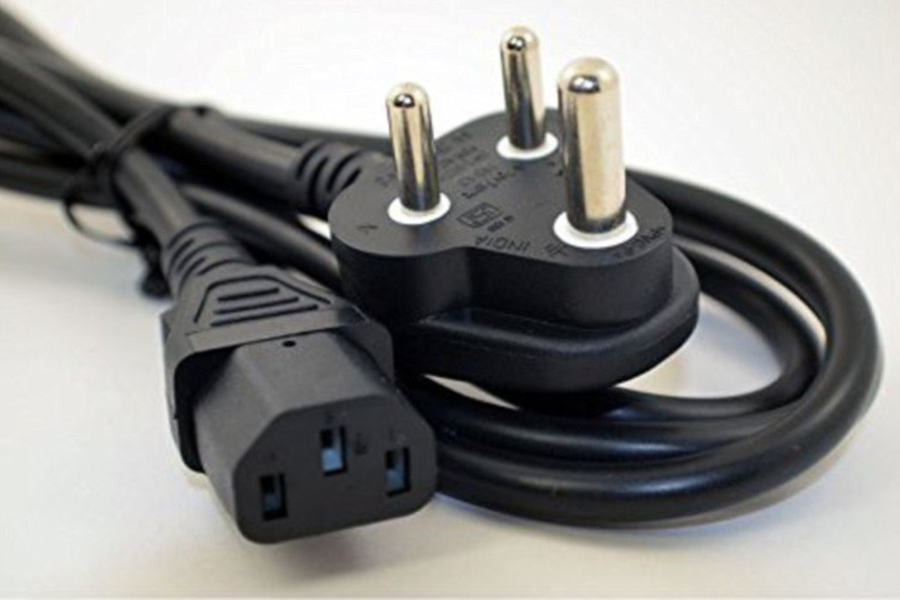
Overview
It is an electrical cable, with one or more electrical conductors that usually coupled together within an overall sheath, being used for transmitting electrical power.
The sheath protects the cable core against moistures, chemical or electrochemical attack, fire, etc.
Different components of a cable:
Conductor:
The material being used as conductor is generally coppers and aluminum due to their high electrical conductivity. Some conductor has more than three wires at the core, and is arranged around a center wire such a way that there are six wires in the first layer, twelve wires in the second and so on.
Insulation:
The most commonly insulator being used power cables is impregnated paper, butyl rubber, polyvinyl chloride cable, polyethylene, cross-linked polyethylene etc. Among all of them Paper insulated cables are mostly used due to their high current carrying capacity.
Inner Sheath
It protects the cable from outer moistures to safe guard insulation. It is generally made up of lead alloy. The nonmagnetic material is generally being used for inner sheath.
The aluminum sheath is also popular because it is cheap, light weight and has high mechanical strength than the prior one.
Protective Covering
This covering is useful for protecting the cables against corrosion. Polyvinyl chloride is generally being used for this purpose. Multiple Layer of fibrous material spread with the waterproof compound is being used for the outer covering.
Armouring:
This is multiple layers of galvanized steel wires or sometimes two layers of metal tape are applied for protecting the cable from damage.
OverSheath:
It is basically a protecting layer from overall damage like moisture, corrosion, dirt, dust, etc.
Different types of the power cable:
Belted cables:
Here the conductors are covered with oil-impregnated paper followed by the assembly of the core with filler material .At last the assembly is enclosed by a paper insulating belt. It can take up voltage between 11kv up to 22KV.
Screened cables:
It can take up voltage range between 33KVto 66KV.
H-type cables:
This is a type of screened cable. Here the insulation is being done by a layer of impregnated paper. The insulation is being covered by a metallic screen. It this type of cable there is a tendency of increment of the heat.
Here each core insulation is wrapped with lead sheath, thus reduces the possibility of the core to core breakdown.
Pressurized type cables:
Here the cable pressure is maintained by the use of oil or gas. For gas pressure cables can handle up to 275KV .Whereas the oil-filled cables can handle up to 500KV.
Oil-filled cables:
Here the cable is kept under pressure by low viscosity oil. The voids in the cable is being filled with the oil-impregnated paper .There are three types of oil-filled cables, such as self-contained circular type, self-contained flat type, and pipe type cables.
Gas pressure cables:
In this type of power cables nitrogen gases being inserted to put pressure on paper dielectric for avoiding void formation It is also called compression cables .It has similar types of insulated core like solid type.
Gas-insulated cables:
Here small spaces being created in oil-impregnated paper insulation that can cause the suppression of the ionization. It is being filled with the high-pressure sulphur hexafluoride.
There are different types of low and medium voltage cable, such as
Low voltage cable:
Armoured cables
Rubber cables
Halogen-free cables
Fire resistant cables
Control cables
Instrumentation cables
Solar cables
Special cables
Aluminum cables
Medium Voltage Cables:
RHZ1
HEPRZ1
MV-90
RHVhMVh
Application:
- Business houses
- Defense area
